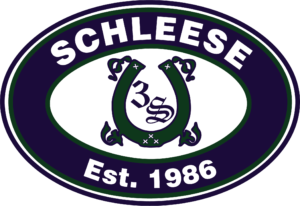How Technology is Changing the Way Saddles are Fitted
Most saddle fitters will come out to take a look at your horse and measure his withers size and shape using a flexible wire curve. This is pretty much the minimum measurement you should expect during a saddle fitting session. This does not however, tell you much more about the horse’s three-dimensional back shape (size and length of the saddle support area) and really only works to determine whether you need a narrow, medium or wide tree in most saddle brands.
Many tools have been developed over the years to assist in the diagnosis of saddle fit, however, as ‘sexy’ as they are, they are just that – tools – providing information that exemplifies the situation at a given moment. Unless you have someone that actually knows what to do with this information to provide you a solution to your issue, it’s pretty much without value. Many people can tell you what’s visually wrong with your saddle but there are very few who can analyse the data to actually tell you why you are having the issue you are.
Several of these tools can be subjectively manipulated so that in the wrong hands they become simply a marketing tool to show you exactly what the technician wants you to see. Thermography is one of these tools which can provide a very pretty picture filled with lots of colours, but the interpretation is open to error unless you have someone well-trained in the use of the instrument. Computerized saddle pads to measure pressure points – integrating sensors in every square inch of the pad which are linked to a computer readout – are also not without fault, as pressure will change according to the gait and rider balance.
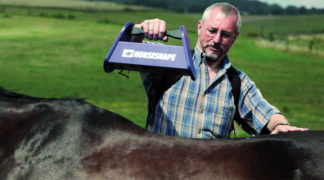
One of the newest tools on the market is the HorseShape® laser which is truly an interesting piece of machinery, reading the three dimensional shape of the horse’s back within seconds and transmitting this information back to the main computer for analysis. It is used best when a full custom saddle is being made to accommodate a particular horse’s back, but also allows the horse owner the option of getting a ‘cut-out’ form of the shape which clearly allows comparisons of changing conformation over time.
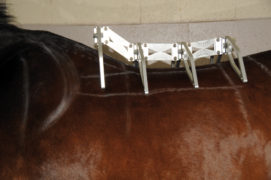
The Arc Device ™ is a manual measuring device, fitted to each individual horse’s back while the saddle fitter or saddle ergonomist records the angles. This is also used to ensure that a saddle is refitted properly to accommodate the horse’s back shape.
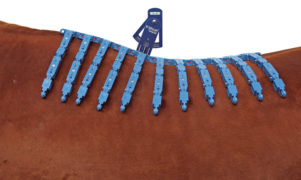
There are a couple of other devices available commercially (only in Europe at this point) to ascertain the shape of the horse’s back, but they are somewhat convoluted and unwieldy with several kinks to be worked out before they are acceptable for general use. The Topographer ® by EquiScan consists of 11 individually moving sectioned arms which are laid across the horse’s back. Each individual number on each segment is recorded. Until this can be done automatically/electronically it becomes prohibitive (time-wise) to do this – although the results are very accurate.
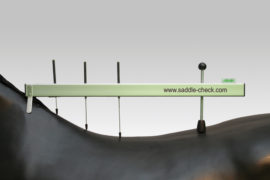
There is a device approved by the Association of Saddlers and Harness Makers in Germany called the BVFR which determines the horse’s topline. But since this device always needs to be used in conjunction with another device to also determine the actual shape of the saddle support area, it too becomes a bit complicated to use accurately.
We prefer the simple Sprenger Withers Gauge to determine withers shape and angle to ensure enough room at the pommel of the saddle, and a combination of the Arc Device, an LWT (leather withers tracer) and the HorseShape® Laser (if the client asks) to determine the actual accurate three dimensional shape of the horse’s back and the saddle support area.
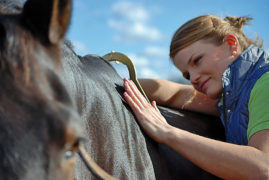
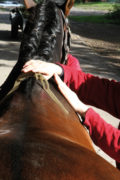
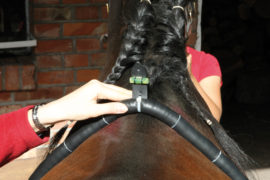
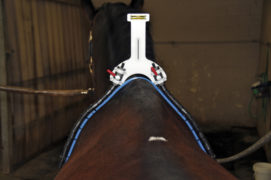
It’s still a matter of working with someone who knows what they’re doing to ensure proper saddle fit for you and your horse – regardless of the devices that are available to make this ‘easier’. There are no shortcuts to expertise.
